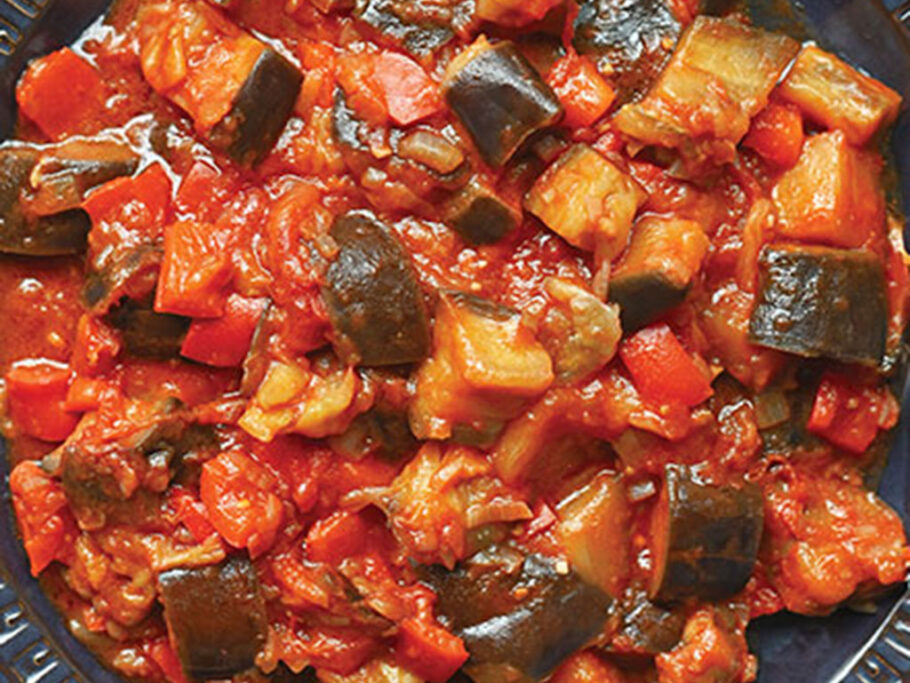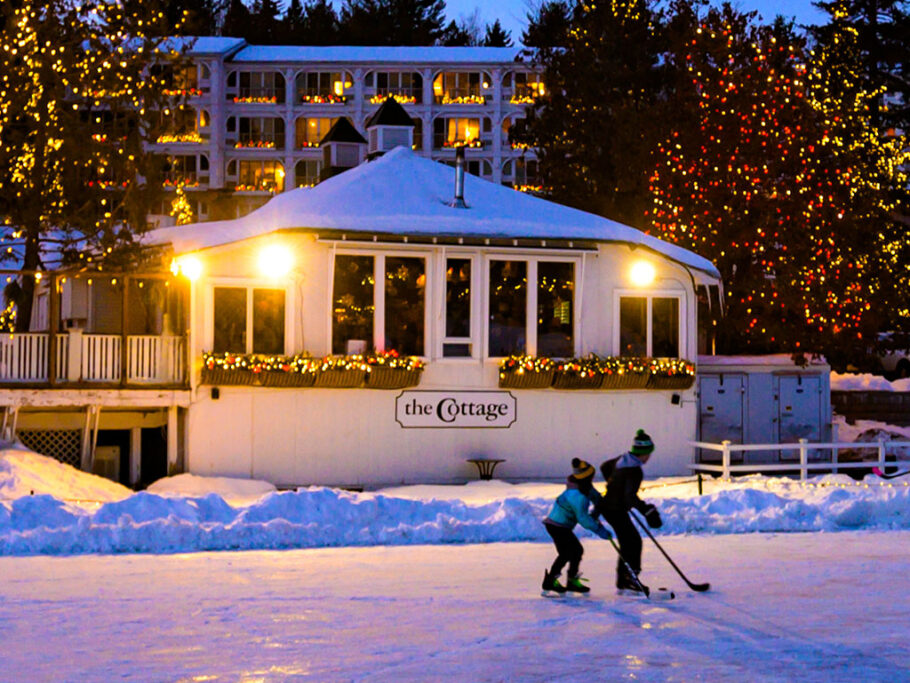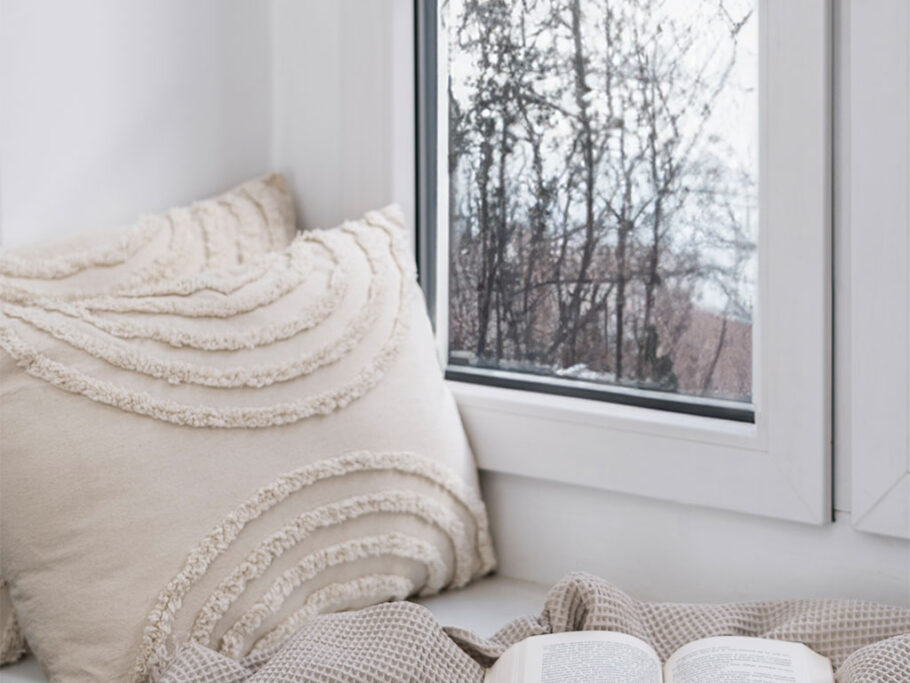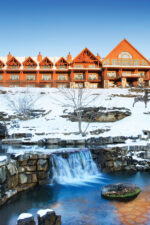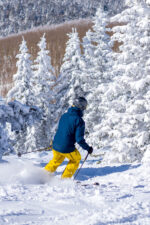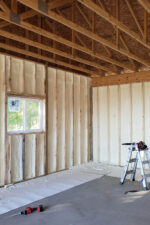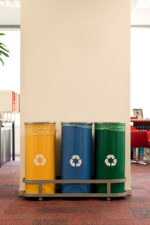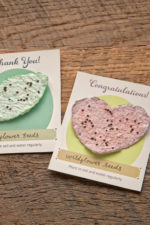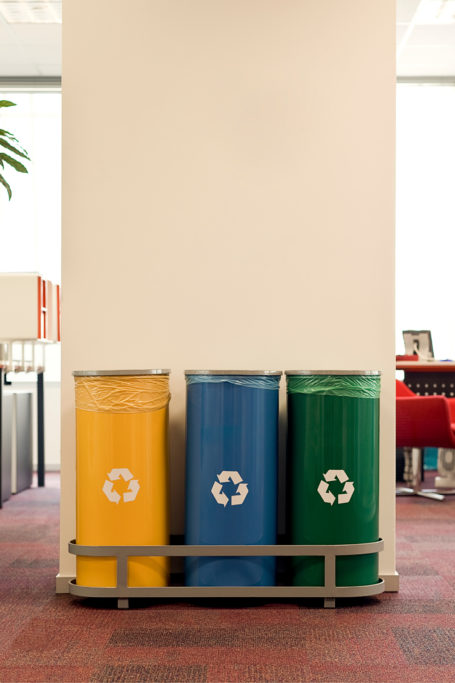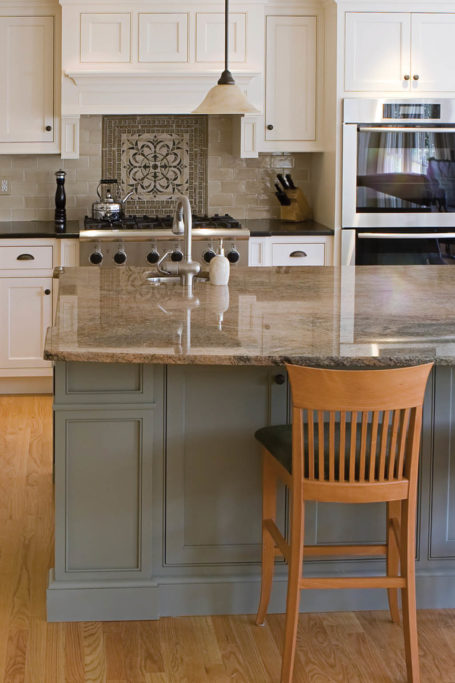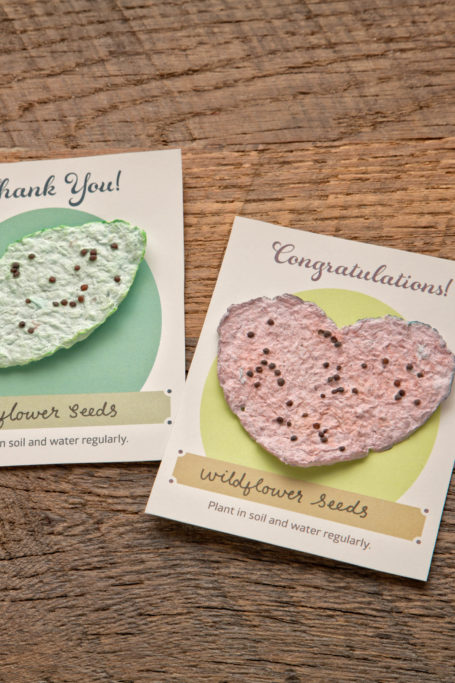4 Steps to Melting Snow and Ice the Eco-Friendly Way
For a majority of the country, January and February are a rude awakening into winter’s wrath. With snow and ice piling up, you may be tempted to turn to harsh road salt and other chemicals to combat slippery surfaces.
You’re not alone—but before you head to the hardware store, consider these green alternatives (the Earth and your pets with thank you).
Before the freeze
There are a few steps you can take before a winter storm hits to help prepare roadways and surfaces.
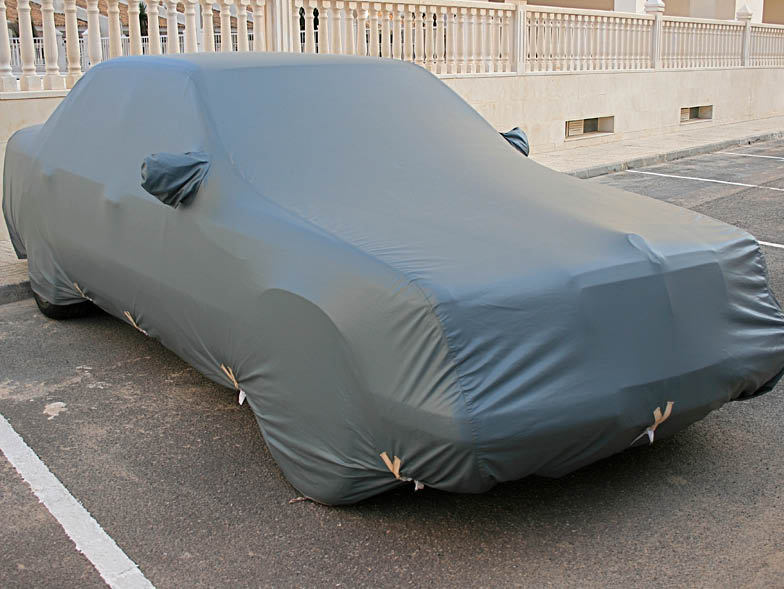
Cover what you can
Anything delicate should be brought indoors (or covered) before snow and ice falls. Lawn items like fire pits and furniture are better kept in the basement or garage, or protected with a plastic sheet.
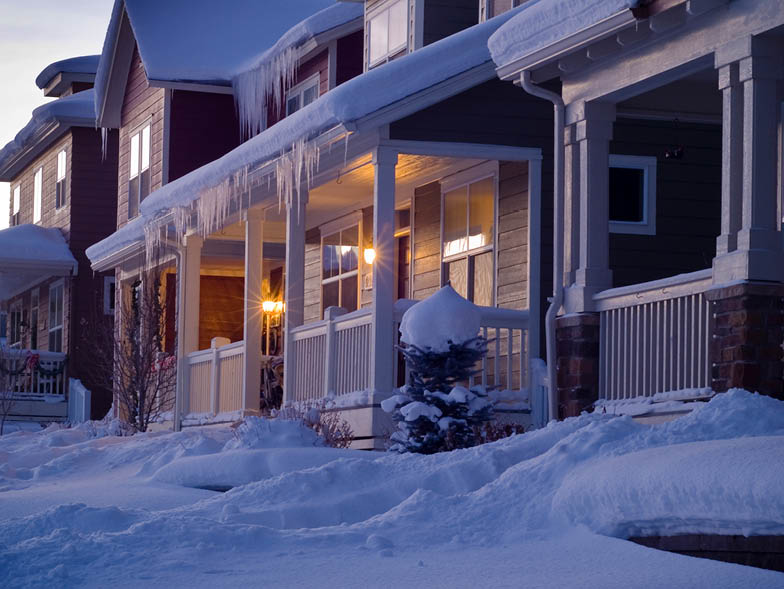
Pre-treat your driveway or walkway
Spraying your driveway and walkway with a non-salt based de-icer is a great way to be ahead of the game in preventing a slushy and slippery mess.
Salt-free alternatives
Some alternatives to road salt are expensive, so instead of shelling out a fortune, there are plenty of other all-natural options you likely already have on-hand.
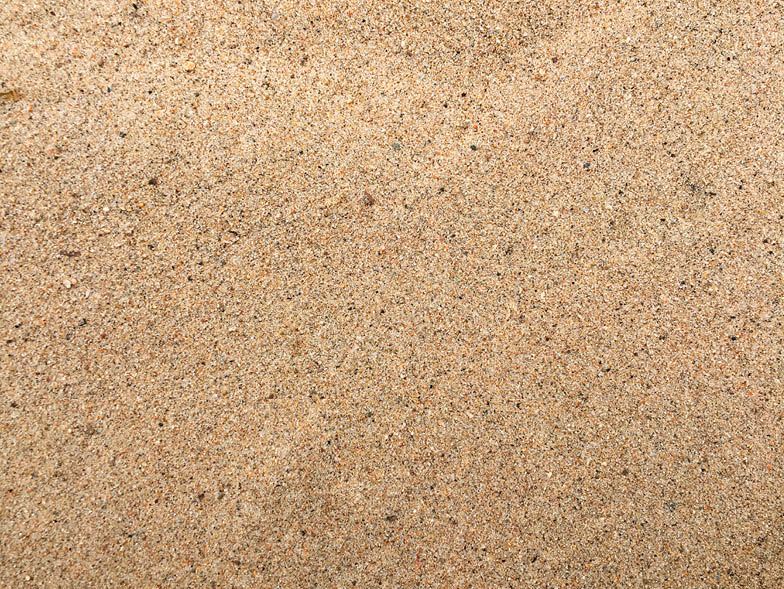
Driveways and walkways
- Sand: While not the best at melting the snow, sand provides increased traction on surfaces, and can help your card from getting stuck in a snow pile.

- Coffee grounds: Like sand, the grainy texture of coffee grounds works wonders at providing increased traction on surfaces. It also is slightly better at melting snow and ice because of its dark color (which attracts more sunlight).
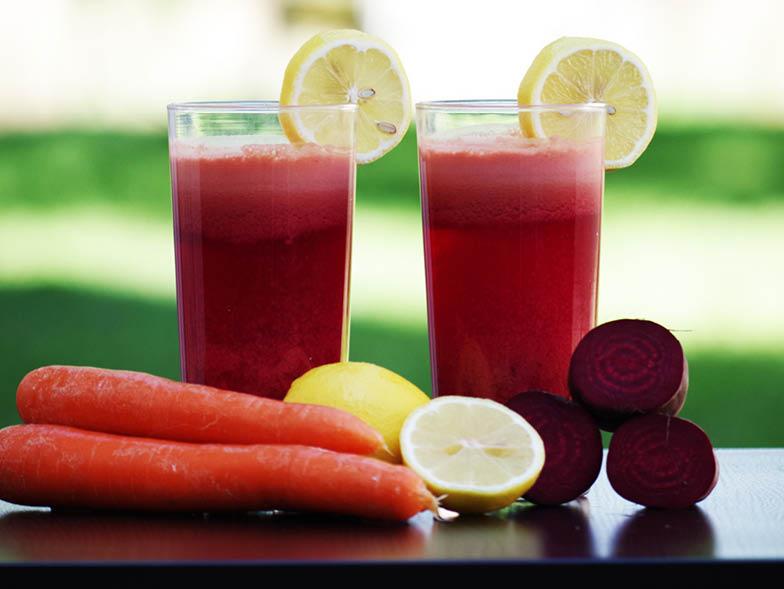
- Sugar beet juice: The juice from sugar beets is an even better ice-melter than salt, and is much easier on plants and metal surfaces.
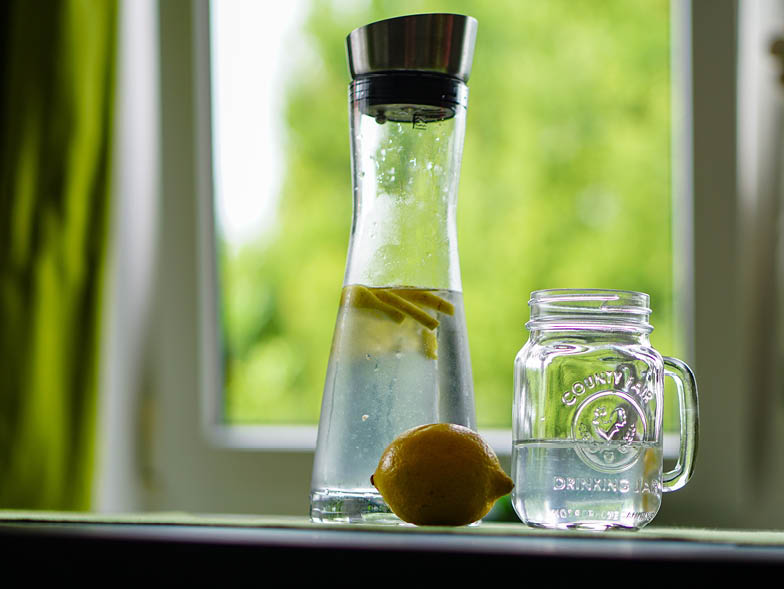
Windows and delicate surfaces
- Vinegar-water: Combine three parts white vinegar with one part water, and you have yourself the ultimate window de-icer. Spray on car windows if you’re in a hurry to defrost!
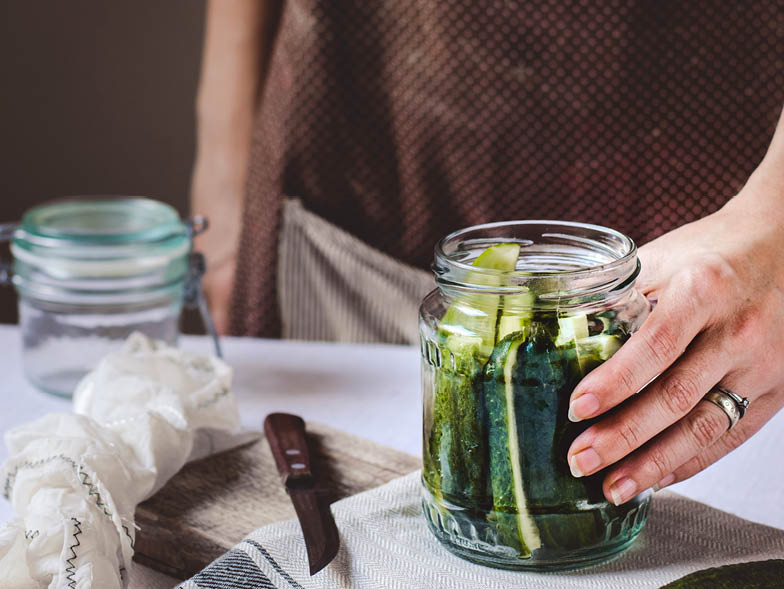
- Pickle brine: It might seem like this isn’t a very salt-free alternative, and you’re right. But when mixed with water, pickle juice has a similar effect as sugar beet juice, only with less staining power, and is still safe for plants and animals (and won’t corrode sensitive surfaces).
Where there’s a will, there’s a way, and there a plenty of people finding a way to remove snow and ice inventively without the use of harsh chemicals. What’s your favorite all-natural ice-melting method? Let us know!

